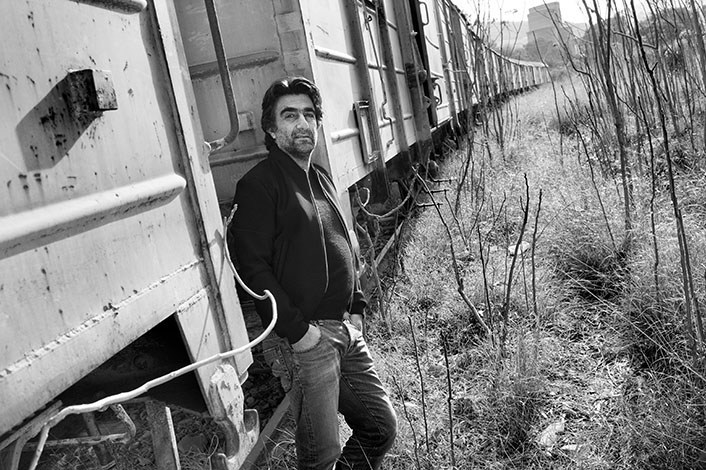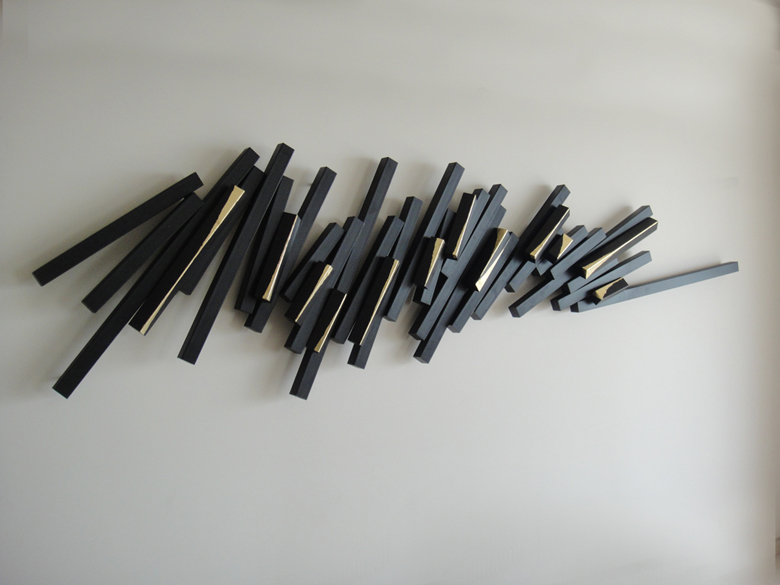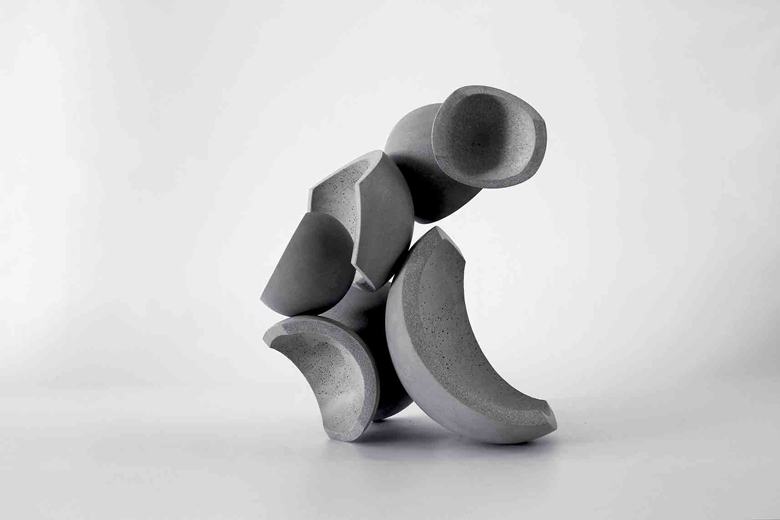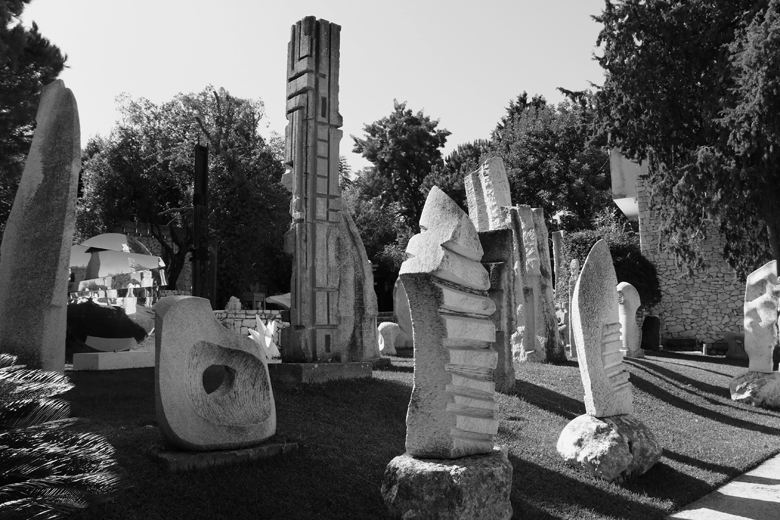Coming from a long line of sculptors and artists, Anachar Basbous had big shoes to fill when he decided to pursue the same career path. We took a seat with the artist to learn more about his discipline and what inspires him.

Photo – Maher Attar
You come from a world-renowned family of sculptors. Did you find it challenging to differentiate your work?
I’ve often heard these kinds of questions and found myself wondering if I would have gone down this path had it not been for my family. I don’t really think I can answer that question – unless I died and came back again to another family!

Are we right to assume you were influenced by your family to pick up sculpting?
There’s undoubtedly been an influence, but I would argue that it was indirect. The atmosphere and the spirit in my household, given my family’s work, definitely favored this career. Direct influence, I find, is dangerous.
What I learned from my father – and I didn’t get to know him well enough since he died when I was 12 – was discipline and a certain perspective on life. He loved what he did; I remember that from watching him at work in his studio. Most of his influence found itself in me after he passed away. When I got older, I started understanding him more through his work. It’s almost like he spoke another language through his work. He always sought to evolve along with his art instead of basking in his success for commercial and financial gains. He was loyal to himself and his art. That is what I learned from him.
How is your work different than that of your father and uncles?
I find my art to be different from my family’s, as it should be. My work reflects me, my generation, and my time as well as all the things I personally love. That inherently makes my work different from theirs.

Your name is an anagram of Rachana, your hometown in Batroun District. What is the connection you have to your village?
It means as much to me as it did to my parents. It’s the place I live and dream. It’s where I was born, where I got married, where my kids were born… This place is my reference; I hold this village’s name in my mine. (In Arabic Anachar is Rachana spelled backwards.)
Rachana is no longer just a village for me; it feels somewhat sacred, a place where my father’s legacy lives on and where I feel his presence the most. I find the sunshine, the view of the sea, and the mountains different from any other village in Lebanon. These small roads feel like they hold the entire world to me.

Basbous Museum, Rachana. Photo: Rayan Badaoui
Does the village influence your art?
Perhaps the biggest way Rachana finds its way into my art is through the small particles that, when combined, make the most beautiful pieces. For instance, the valley walls that are made of small flint stones stacked together; I’ve always admired this aspect in architecture: the redundancy of the same shape that constitutes a unique entity at the end.
I studied architecture for a year before I pursued the arts, and this specific aspect is present in my work, more so in my latest showcases.
Loading
